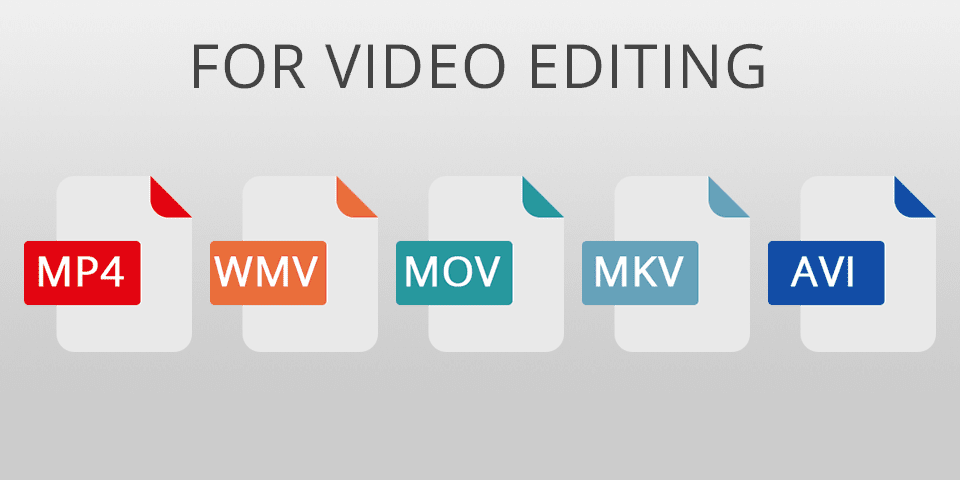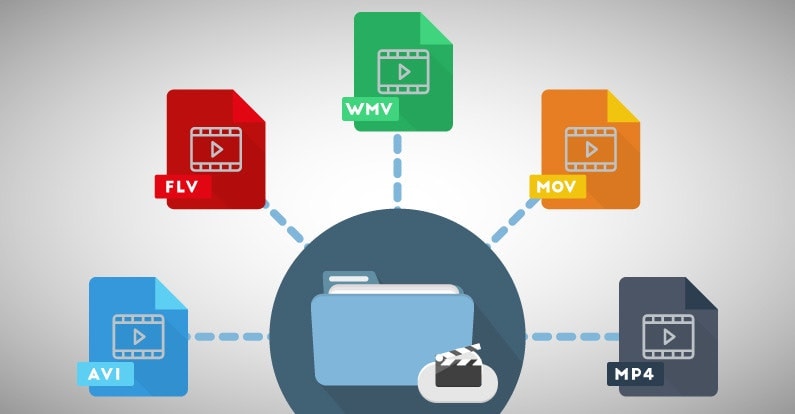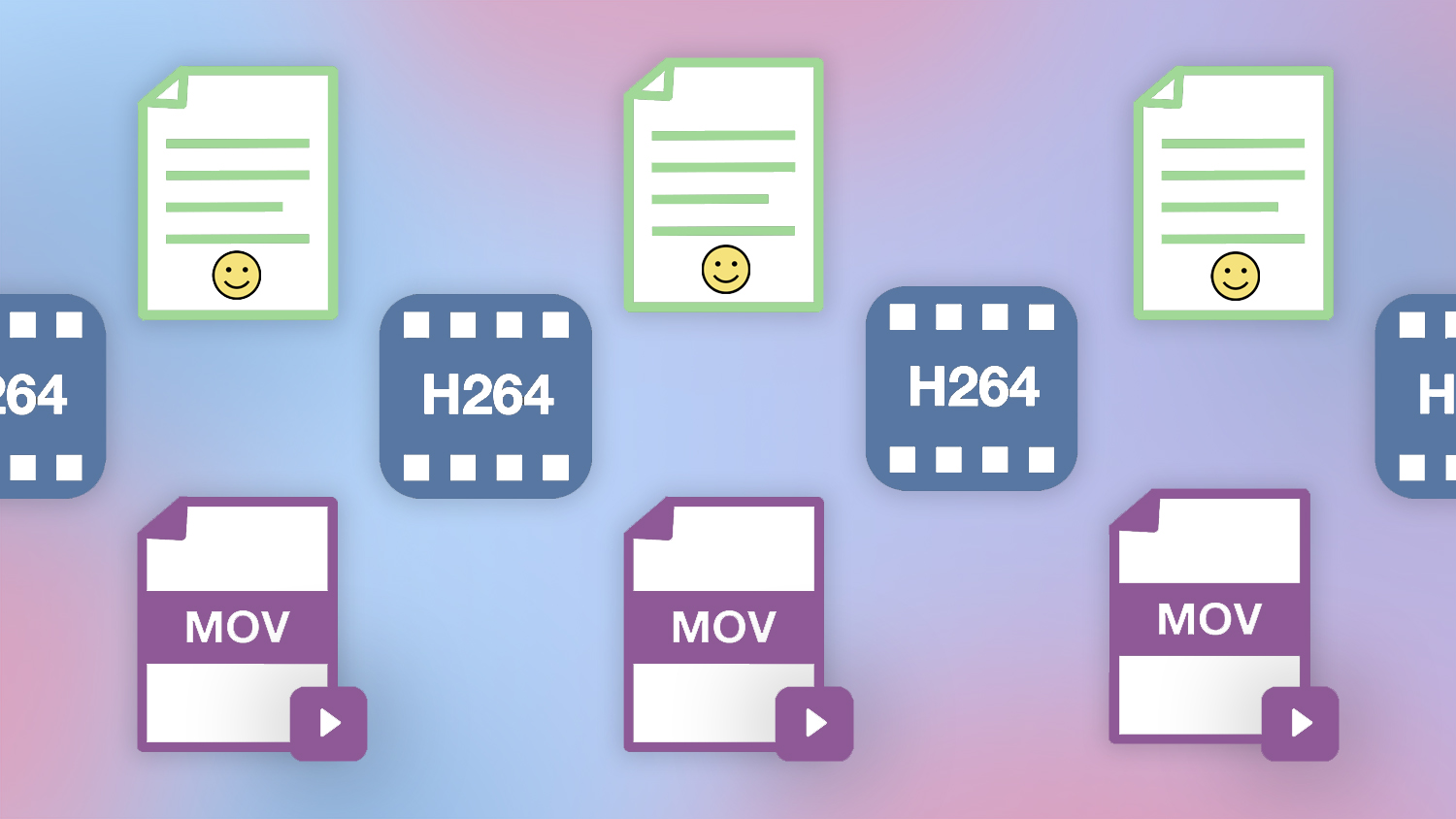
Discovering Video Formats 2023
In the ever-evolving world of technology , Discovering Video Formats 2023 video has become an integral part of our daily lives. Whether it’s for entertainment, education, or communication, videos have revolutionized the way we consume and share information. However, with a plethora of video formats available, it’s important to understand the different options and their unique characteristics. In this article, we will take a closer look at some popular video formats and explore their features.
Discovering Video Formats

1. MP4 (MPEG-4 Part 14):
MP4 is one of the most widely used video formats today. It offers a good balance between video quality and file size, making it ideal for online streaming and sharing. MP4 supports various codecs and is compatible with a wide range of devices and platforms, including smartphones, tablets, and computers.
2. AVI (Audio Video Interleave):
AVI is a classic video format that has been around for decades. It provides excellent video and audio quality, but the file sizes tend to be larger compared to more modern formats. AVI is commonly used for storing high-quality videos, especially in professional settings or when editing videos using specialized software.
3. MKV (Matroska Video):
MKV is an open-source container format known for its versatility and flexibility. It can store multiple audio, video, and subtitle tracks within a single file, making it ideal for movies and TV shows. MKV supports high-definition video and offers advanced features like chapter navigation and metadata support.
4. MOV (QuickTime):
MOV is a video format developed by Apple for its QuickTime player. It is widely used in Mac environments and is known for its high-quality video and audio playback. MOV files can contain multiple tracks and support various codecs. It is commonly used for professional video editing and multimedia applications.
5. WMV (Windows Media Video):
WMV is a video format developed by Microsoft. It provides good compression and is optimized for Windows-based systems. WMV files offer high-quality video playback and are compatible with Windows Media Player. However, they may have limited support on other platforms.
6. FLV (Flash Video):
FLV is a video format commonly used for streaming videos over the internet. It was originally developed by Adobe for use with Adobe Flash Player. FLV files have small file sizes and can be easily embedded on web pages. While its popularity has declined with the rise of HTML5, FLV is still used in certain contexts, especially for legacy content.
Discovering Video Formats 2023

some additional advantages of popular video formats:
1. MP4:
– Streaming capabilities: MP4 files can be easily streamed over the internet, making them suitable for online platforms, video hosting sites, and social media.
– Mobile device compatibility: MP4 is widely supported by mobile devices, allowing users to enjoy videos on smartphones and tablets without compatibility issues.
– Wide range of codecs: MP4 supports various video and audio codecs, providing flexibility in terms of encoding options and compatibility with different software and hardware devices.
2. AVI:
– Lossless compression: AVI supports lossless compression options, preserving the original video quality without significant degradation.
– Editing capabilities: AVI files can be easily edited using a variety of video editing software, making them a preferred choice for professionals who require extensive editing capabilities.
3. MKV:
– Subtitle support: MKV allows for embedded subtitle tracks, making it convenient for international content and multilingual audiences.
– Chapter navigation: MKV supports chapter markers, enabling users to easily navigate through different sections of a video or movie.
– Metadata support: MKV files can store additional metadata information, such as title, description, and cover art, enhancing the organization and presentation of video content.
4. MOV:
– Apple ecosystem integration: MOV is the native video format for Apple devices and integrates seamlessly with macOS, iOS, and other Apple software and hardware products.
– High-quality codecs: MOV supports advanced video codecs, such as ProRes and Apple Animation, providing professionals with the ability to work with visually rich and detailed content.
5. WMV:
– Windows Media Player compatibility: WMV files can be played directly using Windows Media Player, which is available on most Windows computers.
– DRM support: WMV supports digital rights management (DRM) technology, allowing content creators to protect their videos from unauthorized distribution.
6. FLV:
– Efficient streaming: FLV files are optimized for streaming over the internet, enabling smooth playback with minimal buffering.
– Flash compatibility: FLV is compatible with Adobe Flash Player, making it suitable for interactive and multimedia-rich web applications.
By considering these advantages, you can select the video format that best suits your specific requirements, ensuring optimal playback quality, compatibility, and functionality.
It’s important to note that the choice of video format depends on factors such as intended usage, target audience, device compatibility, and file size considerations. Understanding the strengths and limitations of different video formats allows content creators and consumers to make informed decisions.
video formats play a crucial role in the world of multimedia. Each format has its own unique features, advantages, and use cases. Whether you’re streaming videos online, editing professional footage, or simply enjoying your favorite movies, being aware of the various video formats empowers you to make the most out of your video experiences. So, dive into the world of video formats and unlock the possibilities that await you!
In the realm of video, numerous formats are available for selection. Each format possesses unique merits and demerits, underscoring the significance of comprehending the distinctions and selecting the appropriate format to suit your requirements. Within this article, we shall examine several widely used video formats and their respective applications.
Part 1: MP4
MP4, referred to as MPEG-4, stands as a highly favored video format. It finds extensive application in online video streaming and serves as a storage format for video content on devices like smartphones and tablets. A key benefit of MP4 lies in its exceptional compression capability, enabling smaller file sizes while maintaining video quality. Furthermore, MP4 offers compatibility with a diverse array of video and audio codecs, ensuring broad device and player support.
Part 2: AVI
AVI, short for Audio Video Interleave, represents an additional well-liked video format. Originating from Microsoft, it finds widespread usage in the storage and playback of videos on personal computers. AVI files have the capability to store both video and audio data, accommodating multiple codecs as well. Nonetheless, a drawback of AVI lies in its comparatively modest compression rate, leading to larger file sizes.
Part 3: MOV
MOV, also recognized as QuickTime Movie, emerges as a video format crafted by Apple. Its predominant usage lies within Macs and iOS devices, although it can be played on Windows computers as well. MOV files find frequent application in storing high-quality videos and present superior compression when compared to AVI. Moreover, MOV boasts extensive compatibility with various video and audio codecs, effortlessly managing multiple tracks of video and audio.

Part 5: WMV
WMV, known as Windows Media Video, constitutes a video format formulated by Microsoft. Its principal utilization lies within Windows computers and devices, although compatibility with other platforms is achievable through a compatible media player. WMV files deliver a commendable compression rate, rendering them well-suited for online video streaming. Nonetheless, it is worth noting that their support may not be as extensive as other formats, potentially leading to compatibility issues with certain devices and players.
Part 6: FLV
FLV, also referred to as Flash Video, represents a video format innovated by Adobe. Its primary application revolves around online video streaming platforms, including prominent websites like YouTube. FLV files exhibit a commendable compression rate and can be effortlessly integrated into web pages through the utilization of Adobe Flash Player. Nevertheless, due to the waning prominence of flash technology and the rising prevalence of HTML5, FLV is experiencing a decline in popularity. As a result, compatibility issues may arise with newer devices and browsers.
Part 7: HEVC
HEVC, also known as High Efficiency Video Coding, represents a rising video format that has gained notable popularity. It is renowned for its capacity to compress video with superior quality and lower bitrates compared to preceding codecs. This attribute positions it as an excellent choice for streaming high-quality video content online, particularly on bandwidth-constrained mobile devices. Moreover, HEVC extends support to 8K and 4K resolutions, rendering it suitable for playback of high-resolution videos. However, being relatively new, it may not enjoy the same widespread support as other formats.
Part 8: VP9
VP9 stands as an open-source video codec developed by Google. It aims to provide video quality on par with HEVC while boasting enhanced compression efficiency. VP9 proves advantageous for online video streaming, especially on mobile devices with limited bandwidth. It also extends compatibility to 4K and 8K resolutions and offers better support for older hardware when compared to HEVC.

In summary, selecting the appropriate video format depends on the specific requirements of your project. For general purposes, MP4 and AVI are excellent choices, whereas MOV and MKV excel in delivering high-quality videos. WMV caters well to Windows users, while FLV is perfect for online video streaming. When it comes to high-resolution and superior video quality playback, HEVC and VP9 take the lead, although their compatibility may vary compared to other formats. It’s crucial to consider compatibility with various devices, software, and distribution platforms. Before reaching a final decision, carefully assess the pros and cons of each format and opt for the one that aligns best with your needs.